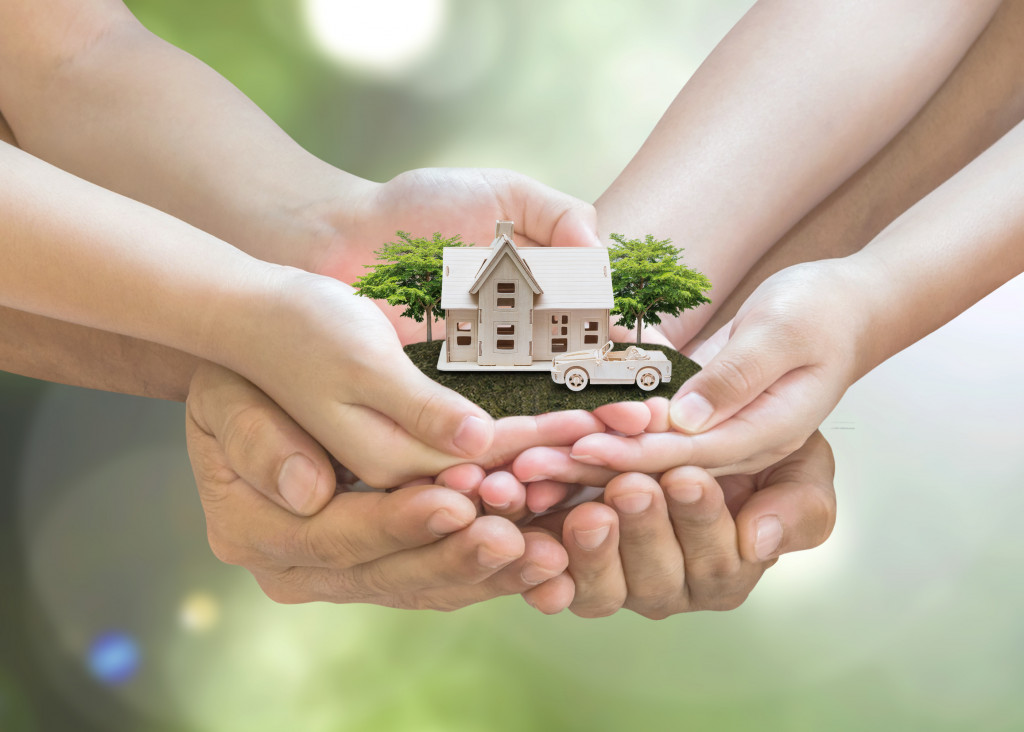When we talk about changing the future for the better, we always think of making radical changes to our lifestyles, the capitalistic society we live in, social injustices, and many more. While all of these are vital, there are other approaches that we can try to achieve a more sustainable future. One of these many approaches is focusing on community building.
Imagine your house without a gate, a door chain, or any Safeway security screens. You can live, eat, and sleep in it, but you can’t feel safe. When you go out to do errands, you won’t be able to take your mind off the security of your house — or the lack thereof. In short, you won’t be able to live your life to the fullest just because of tiny details.
That’s the role that community building plays for us to achieve a more sustainable future. It may not have as much impact as reducing our carbon footprints or making more conscious choices, but it is imperative.
The Decline of Communities With Shared Goals
Robert Putnam, a political scientist, published research titled “The Disappearance of Civic America” in the mid-1990s. In it, he noted that since 1965, there had been a 25% decline in people socializing, which affects how communities can act together “to pursue shared objectives.” The number of people joining clubs and organizations has dropped.
Several reasons cause the drop in people who spend time in social events. However, it’s safe to presume that people are spending more time in front of their phones and other electronic gadgets. We have learned to gather on the internet, and we spend more time online and almost have no time for any offline interactions.
Offline Activism for Offline Changes

The shift in conversations about social issues relating to politics, sustainability, the environment, and the climate crisis has been significant in the past few years. But most of these conversations are happening online, in-text posts, videos, and other forms of media. Of course, it is an effective way of spreading information as it can reach many people. However, to keep the momentum of these changes that we need to happen, we have to build communities that stand up and act for these goals. Individual and online actions work wonders, but we need to set in motion physical changes that are easier to achieve if we work as a community in an offline setting.
We understand the rewarding feeling of being socially active in changing the world online. There is an immediate gratification when we sign petitions and post about social issues as we receive messages, comments, and feedback. Yes, doing these things online is not meaningless, like we mentioned, as it can spread awareness faster, but that should only be the starting point. Being an online activist shouldn’t be our end goal because the world needs real-world action to start real-world changes. And this part might be a bit frustrating since a visible change takes a long time to achieve. Still, it doesn’t mean that you’re not changing anything.
Another advantage of building communities and doing offline activism is localizing the crisis and breaking it down into more manageable issues. In doing this, people will care more about solving the problem if they know it directly affects them. For example, the climate crisis is a global problem, that if you talk about it to people, they might show only a detached kind of interest. You can get them more interested in the bigger picture by talking about local issues involving water pollution, plastic pollution, and air quality in your community. In reality, the climate crisis is too massive of a problem that small communities won’t be able to solve overnight. Still, efforts to address local issues relating to the bigger problem will cause a change on a bigger scale in the long run.
Online Awareness With Offline Actions Is the Perfect Equation
Gathering as a community might not be advisable with the pandemic. Still, you can start by identifying the issues you want your community to focus on and gather once it is safer. Don’t forget that a community also requires diversity because it will allow us to examine our privileges that can affect how we want to address the issues we want to solve. If done carefully, we can move beyond spreading awareness and start a chain of transformative changes that will help us achieve sustainability. It might be slow, but it can ripple into something bigger.
Using technology is a good start, but it shouldn’t end with that. It should only be a part of the equation alongside community building and tangible actions. It can be time-consuming and tiring, but it is important to bring the action offline.




